Polished concrete has become one of the most popular choices in modern construction and interior design. Known for its sleek appearance, cost-effectiveness, and long-lasting durability, it’s often the go-to flooring option for both commercial and residential spaces. However, like any surface material, polished concrete is not without its challenges. One of the most critical issues it faces is moisture.
Moisture on polished concrete can silently compromise the beauty and strength of the surface. It not only dulls the finish but also reduces the structural integrity of the flooring over time. Understanding and managing this issue is crucial for anyone who wants polished concrete floors to maintain their aesthetic and functional appeal. This blog explores the causes, signs, effects, and solutions to moisture-related problems on polished concrete.
What is Moisture on Polished Concrete and How Does it Impact the Surface?
Moisture on polished concrete refers to water vapor or liquid water that becomes trapped within or beneath the concrete slab. While concrete is a porous material that naturally absorbs and releases moisture, excessive buildup can create long-term damage.
The presence of moisture affects polished concrete in several ways. It may cause discoloration, cloudiness, and loss of sheen, diminishing the visual appeal. Functionally, trapped water can lead to cracking, efflorescence, or surface scaling. When concrete is sealed or polished without addressing moisture, the water vapor struggles to escape, ultimately leading to visible surface degradation.
How Does Moisture in Polished Concrete Affect Its Longevity and Durability?
Moisture isn’t just a cosmetic issue—it’s a structural one. Over time, water buildup within the concrete weakens its internal bonds. Floors that should last decades may deteriorate in just a few years if left untreated.
Moisture exposure can cause polished concrete to lose its smooth finish and glossy shine. Instead of reflecting light, the surface becomes dull and uneven. Beyond appearances, prolonged exposure can shorten the lifespan of flooring systems, making them more vulnerable to chips, cracks, and overall wear. For this reason, proper moisture control for concrete floors is essential for ensuring long-term durability.
What Are the Common Causes of Moisture on Polished Concrete Floors?
Several factors contribute to moisture issues in polished concrete. High humidity levels or areas with frequent rainfall often increase the likelihood of moisture problems. Improper curing of concrete is another cause, as poorly cured slabs retain excess water that later migrates to the surface.
Moisture vapor rising from beneath the slab is a common problem, particularly when concrete floor vapor barriers are missing or defective. If moisture barriers are improperly installed, they may fail to protect the concrete effectively.
How Can Moisture on Polished Concrete Be Prevented and Managed?
Preventing moisture buildup requires proactive planning and management. Several methods can help reduce or eliminate problems before they start. Concrete moisture testing methods, such as calcium chloride testing or in-situ probe testing, ensure moisture levels are within safe limits before sealing.
Installing high-quality concrete floor vapor barriers during construction is one of the most effective ways to block water vapor migration. Polished concrete sealing techniques also play an important role in surface protection, while proper curing practices help prevent excess trapped moisture. Eco Grind emphasizes that waterproofing polished concrete floors is vital to extending their lifespan. Managing moisture in concrete early prevents costly repairs later.
What Are the Warning Signs of Moisture Problems on Polished Concrete?
Detecting moisture issues early can save thousands in repair costs. Common signs include bubbling or blistering of the surface, discoloration across different areas of the slab, and efflorescence on polished concrete, which appears as a white, powdery residue caused by salts migrating to the surface.
Moisture testing at home can be done using the plastic sheet method, where a plastic sheet taped to the surface traps vapor underneath. If condensation appears after 24 hours, moisture is present. More advanced humidity tests provide precise readings. Identifying these warning signs early can prevent long-term damage and restore floor health quickly.
Can Moisture in Polished Concrete Be Completely Eliminated?
It’s important to understand that moisture can rarely be completely eliminated—it can only be controlled. Concrete naturally absorbs and releases water, making it impossible to remove all traces of moisture.
The distinction between water-resistant and waterproof is key. While polished concrete sealing techniques improve resistance, they do not make the floor entirely waterproof. With the right strategies, moisture damage can be minimized, but not fully eradicated.
How to Fix Moisture Damage on Polished Concrete Floors?
When moisture damage has already occurred, solutions are available. Repairing cracks with epoxy injections or overlays can restore strength. Re-sealing the surface with advanced sealers designed for moisture protection improves resistance. Applying moisture-reducing compounds that chemically treat the concrete can also lower vapor emissions.
For severe cases, consulting professionals is essential. Using specialized products designed specifically for polished concrete moisture prevention, as DIY solutions may not be enough to address deep structural issues.
Is Polished Concrete Waterproof or Just Moisture Resistant?
Polished concrete is often mistaken for being waterproof. In reality, it is only moisture-resistant. While it resists spills and surface-level water, prolonged or excessive exposure can still damage it.
This makes waterproofing polished concrete floors with additional protective layers and vapor barriers a necessity, especially in areas like basements, bathrooms, or industrial facilities. Eco Grind advises that resistance to water doesn’t mean immunity, which is why extra protection is non-negotiable.
What Are the Best Moisture-Management Solutions for Polished Concrete Floors?
The most effective solutions combine preventive and reactive measures. Installing vapor barriers beneath the slab, applying high-quality sealers for surface protection, and conducting regular moisture testing are key steps. Ensuring proper installation methods are followed during construction also prevents future problems.
Long-term care for polished concrete requires a balance of good design, proactive testing, and consistent maintenance. These strategies ensure moisture control for concrete floors remains strong for years.
Wrapping Up: How to Maintain Moisture-Free Polished Concrete Floors for Longevity
Moisture on polished concrete is one of the most overlooked threats to flooring durability. By understanding its causes, warning signs, and long-term impact, property owners can protect their investment.
The key lies in prevention, using barriers, sealers, and proper curing methods. Early detection of moisture problems is equally important, as it allows for timely repairs before extensive damage occurs. For best results, consult professionals for concrete moisture testing and tailored solutions. With the right approach, polished concrete can remain strong, attractive, and durable for decades to come.

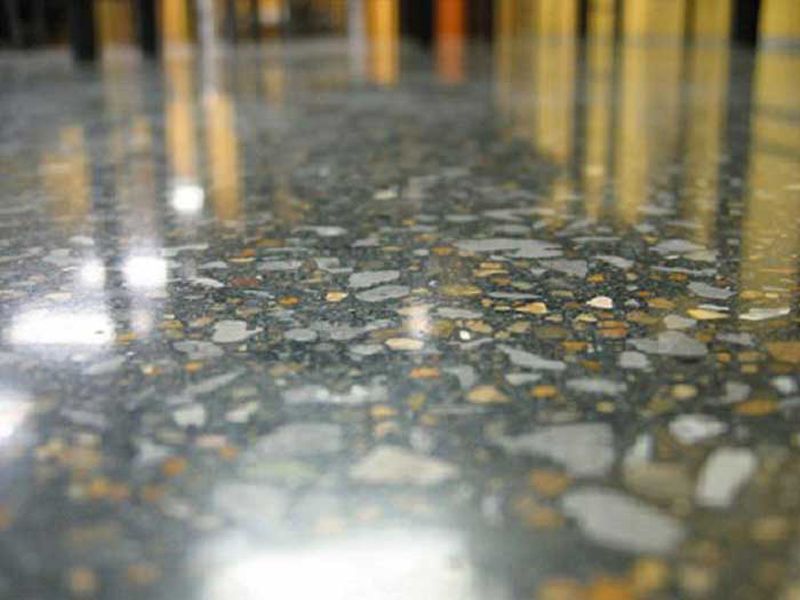
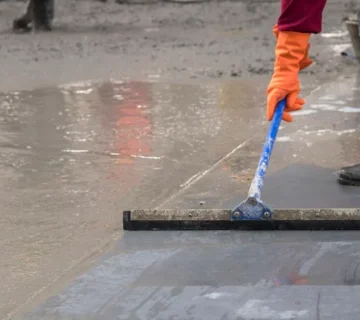
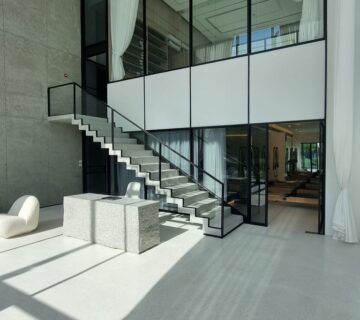
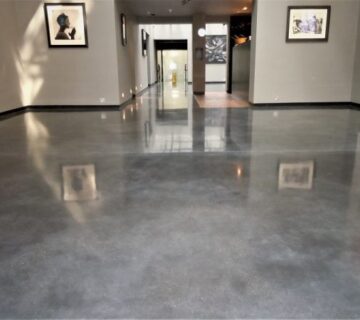
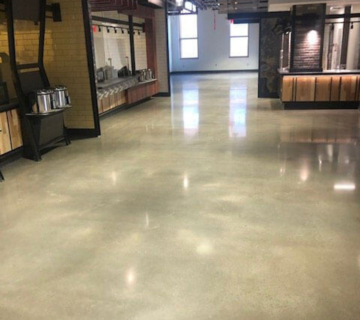
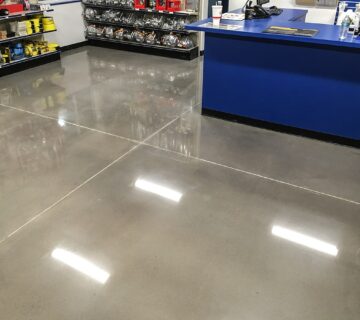
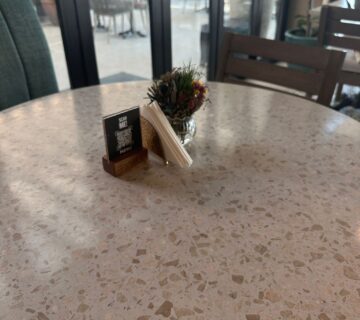
No comment